Writing to win over your readers demands a compelling point of view and the know-how to tell a story. For five years, Trish Hall led The New York Times’s op-ed pages’ editing team, selecting and polishing pieces that would bring new perspectives to readers. Hall shares tips, tools and techniques for becoming a powerful, persuasive writer. Her manual’s format combines fundamentals, examples and reinforcing research. If you’re going to put one writing how-to guide on your reference shelf, Hall’s is useful, honest and encouraging.
Writing to urge or persuade another person takes a combination of skill and understanding.
Writers like rules. The do’s and don’ts of checklists help keep the writer on track. Writing opinion pieces, what newspapers call op-eds, is especially challenging, because many people are more comfortable reporting facts than promoting a point of view. Your opinion is personal, and others may disagree. Persuasive writing requires empathy, knowledge and talent.
People who manage a newspaper op-ed page – the page opposite the editorial page – must learn to write articles that will grab readers’ attention and change their perspective. Op-ed page editors often make good writing coaches. Many are writers who received promotions or who transitioned to editing. They see thousands of submitted pieces, so their eyes are honed to spot the ones worth publishing or the ones with promise that that need revising before being published. Fifteen observations – part of the building blocks of rhetoric, the art and study of persuasive communication – will help people write convincing essays:
- Learn about your audience.
- People...
Writer and editor Trish Hall spent more than two decades in several positions at The New York Times, including managing editor of six feature sections, op-ed editor and senior editor.
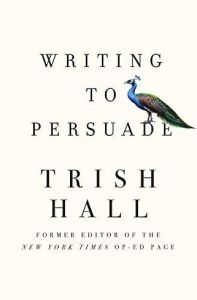








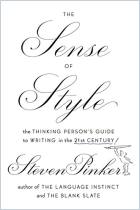
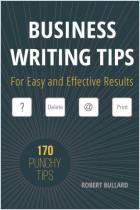
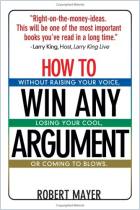
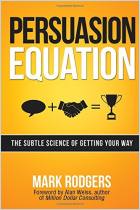
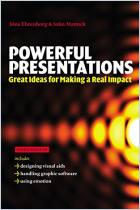
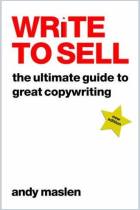








Comment on this summary or Démarrer une discussion